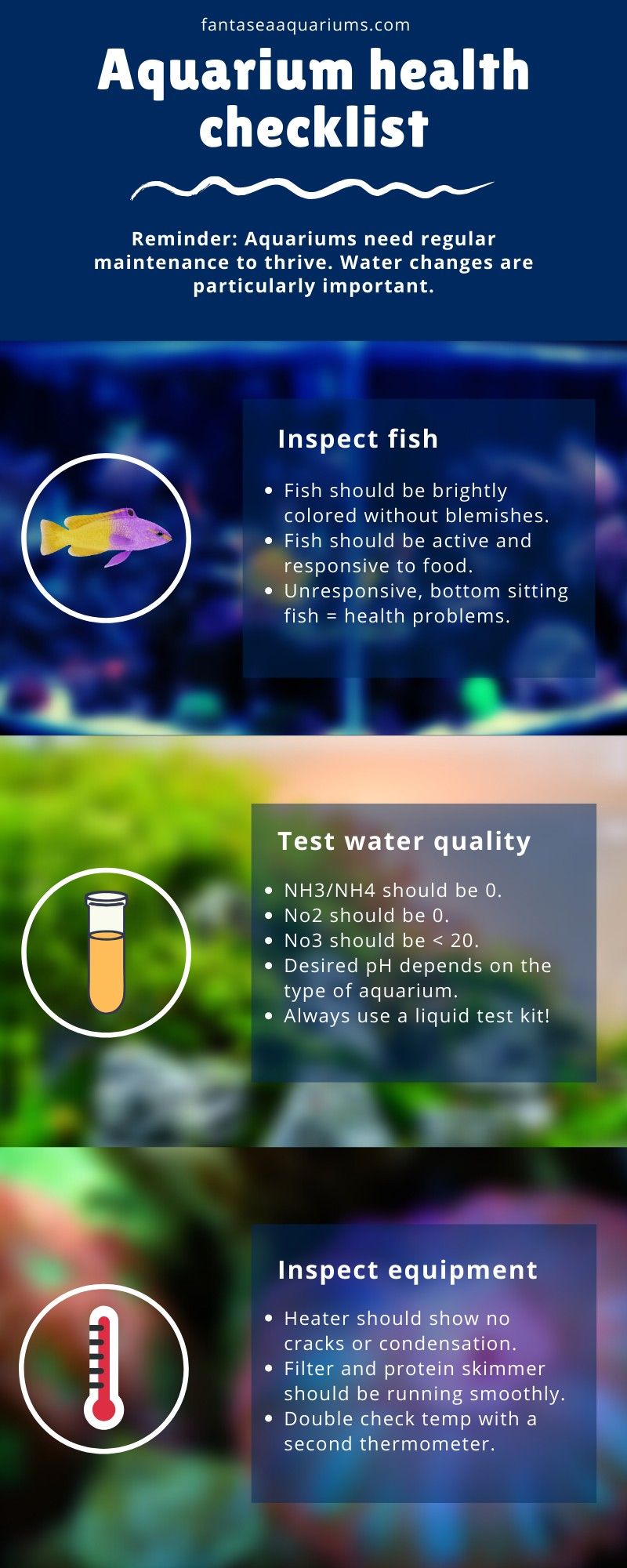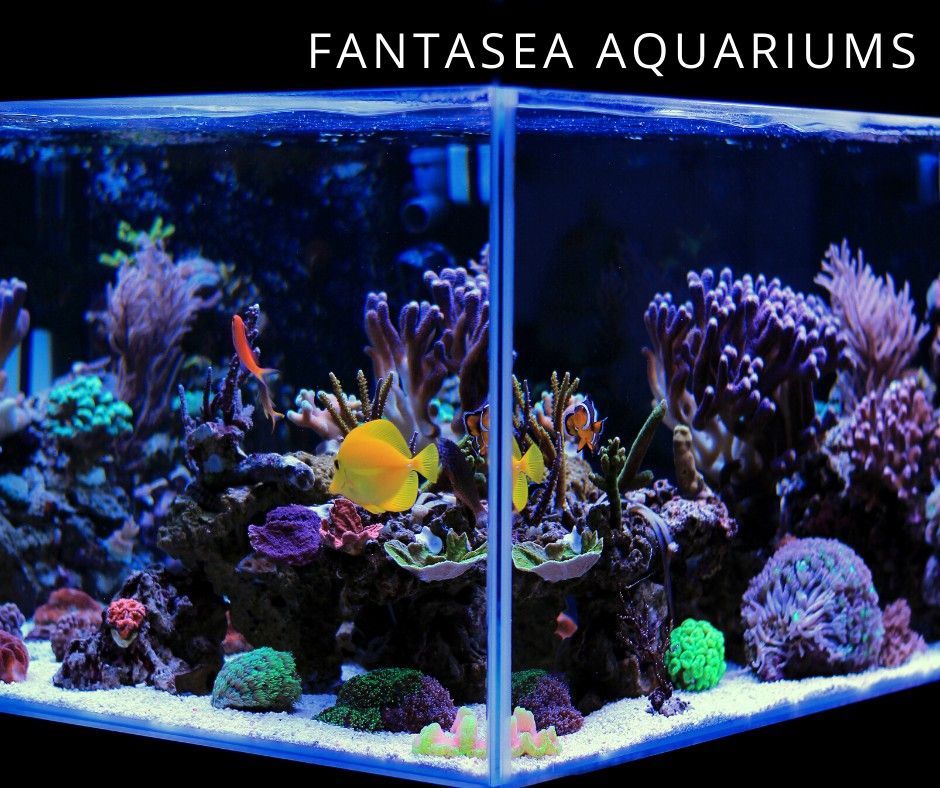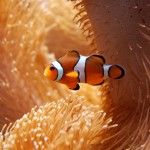Aquarium Health Checklist
Regular aquarium maintenance is important to keep your fish healthy and the tank looking nice. This involves more than just scrubbing and elbow grease: a regular visual inspection of all the aquarium’s components is just as important.
Keep reading for an aquarium health checklist that contains everything you need to keep an eye on to ensure everything is still running smoothly.

Fish health
Fish health can only really be ascertained visually. It’s important to know how your fish look and act normally so you’ll be able to spot any issues quickly. Now, let’s take a peek at our fish, shall we?
Fish should be brightly colored and without blemishes. If they appear more dull than usual, have tattered fins, cloudy eyes, missing scales or strange bumps, something is off.
Fish should be active and responsive to food. If a fish is sitting on the bottom of the aquarium and/or appears uninterested in food, possibly with labored breathing, that’s also a clear indication something is wrong. “Spazzing” behavior or rubbing on surfaces can be an indication that parasites have latched onto the fish.
So what do you do if you feel like one of your fish is looking or acting sick? Unless you spot clear signs of ich or other parasites, the first step is always to move on to the next paragraph about water quality. Low water quality is the source of many fish diseases and even if the issue is caused by something else, it’s still important to make sure the water quality is high in order for the fish to be able to recover.
Tip: If you just turned on the aquarium lights, some fish species might look like they’ve lost much of their color. As long as they regain it within an hour or so, that’s nothing to worry about.

Water quality
Good water quality is as important to your aquarium’s livestock as good air quality is to us humans. Luckily there are ways for us aquarists to keep an eye on the water chemistry of our tanks, making it possible to see if anything is wrong and take action if need be.
To test our aquarium water we’ll need a liquid water test kit. There are strip test kits as well but unfortunately these just don’t give us an accurate picture of what’s really going on. A water test kit should at least consist of tests for Ammonia/Ammonium (NH3/NH4), nitrite (No2), nitrate (No3) and acidity (pH).
Follow the instructions on your test kit for each of these components.
- If the NH3/NH4 test kit shows any reading at all, your aquarium is not properly cycled and any livestock might be in danger. You will have to perform frequent water changes to keep the water safe and consider dosing a liquid cycling medium. After a while, the NH3/NH4 readings will convert into No2 readings.
- If the No2 kit test kit shows any reading at all, that also means your aquarium is not fully cycled, although it’s halfway into the process. Perform frequent water changes until the readings go down to prevent your fish from perishing.
- If the No3 test kit shows a reading of more than 20 it’s a good idea to perform a water change, since high doses of nitrate can be harmful to fish in the long run.
- The ideal pH level depends on the fish you own, since they have evolved to adapt to different natural habitats. Generally a pH value between 6.5-8 is desirable. If yours is off then that is usually not a problem but you might need to take measures.
The descriptions above are obviously pretty simplified. If you don’t know what these values are or if you’re not sure what cycling an aquarium means, have a look at the article on cycling to learn more.

Equipment
- The most risky piece of equipment in your aquarium is the heater. Alarmingly, there have been reports of heaters blowing up; this generally happens when they are very old or damaged. Check your heater regularly.
Inspect the heater visually to make sure it’s still in good condition. If there are any cracks whatsoever in it, replace it immediately. The same applies if you see condensation inside the heater.
- Take a peek at the filter. Is it still pushing out a good water volume? If not, the sponges are due for a clean. And if it still doesn’t seem to be flowing as powerfully as it should be, replace ⅓ of the sponge each month for the next three months, monitoring the water values.
- If you have a marine aquarium, check whether the protein skimmer is still chugging along as it should be.
- Making a habit of checking the temperature of your aquarium at least daily is important, since fish can’t thrive if it’s too hot or too cold. However, don’t forget that thermometers can also be faulty! Once in a while, stick a second thermometer in the tank to see if they still match up.
Aquarium maintenance
Remember that you should be performing regular maintenance on your aquarium to keep it healthy. Water changes are especially crucial to the long-term health of your fish.
Is your tank in need of a scrub? Have a look at the aquarium deep cleaning guide.
Conclusion
Aquariums, whether freshwater or marine, require regular maintenance to stay healthy and safe.
If you feel like that’s something you’d rather leave to the experts, FantaSEA Aquariums can help! We not only design and build aquariums for our clients but we also offer maintenance programs. Contact us here for a quote!



